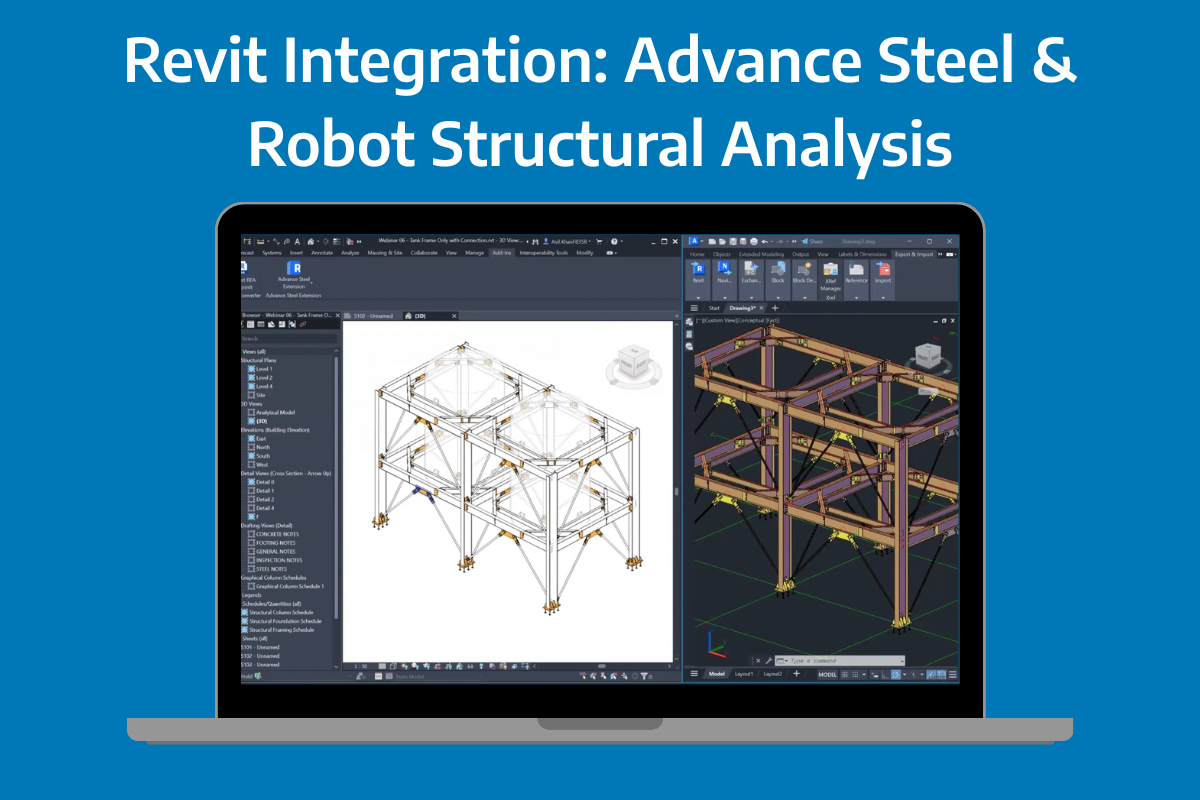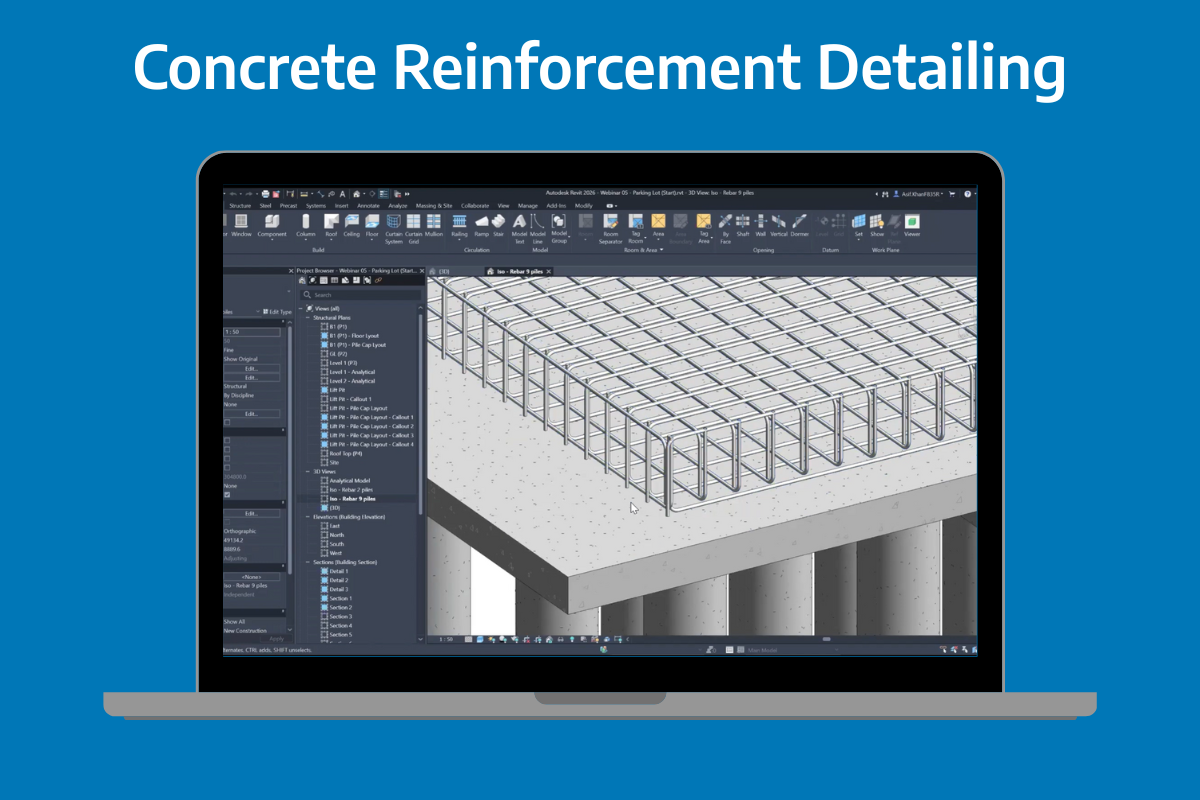Autodesk Revit marks a significant milestone for version 2026, that being its 25th anniversary. Since its debut in April 2000, Revit has continually evolved to support the complex and collaborative workflows of modern AEC professionals. The latest release offers a suite of new features and performance upgrades shaped by direct customer feedback. Revit 2026 strengthens core capabilities in design, documentation, interoperability, and sustainability, delivering tools that are both technically robust and highly practical.
Enhanced Performance with Accelerated Graphics
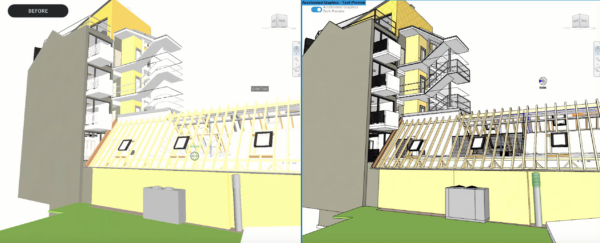
One of the most anticipated developments is the Accelerated Graphics Tech Preview, a reengineered graphics pipeline leveraging Universal Scene Description (USD) and Hydra technologies. This update dramatically improves responsiveness in both 2D and 3D views, especially critical when working with large, complex datasets. Faster model navigation enhances the iterative design process, enabling teams to explore ideas more efficiently without compromising model fidelity.
Reality Capture with the ReCap Mesh Plugin
Sustainability remains front-of-mind across the AEC industry, and the new ReCap Pro Mesh Revit Plugin supports retrofit and adaptive reuse projects by integrating large-scale mesh data directly into Revit models. This plugin allows users to toggle between layers, navigate high-resolution scan data, and even convert mesh geometry into editable Revit Families. Designers can then add parameters, model elements, and connection points, bridging the gap between reality capture and BIM with precision and flexibility.
Smarter Documentation Workflows
Documentation sees a meaningful update with Automated View Placement, reducing repetitive tasks and improving consistency across sheet sets. This is particularly useful for firms managing large or multi-phase projects. Additional improvements expand shared parameter support across View References (e.g., Section Marks, Elevation Marks), enabling tighter integration of metadata into project documentation and schedules.
Toposolid and Site Design Advancements
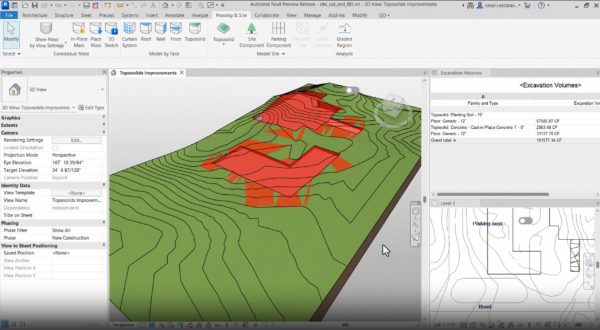
One of the most anticipated developments is the Accelerated Graphics Tech Preview, a reengineered graphics pipeline leveraging Universal Scene Description (USD) and Hydra technologies. This update dramatically improves responsiveness in both 2D and 3D views, especially critical when working with large, complex datasets. Faster model navigation enhances the iterative design process, enabling teams to explore ideas more efficiently without compromising model fidelity.
Reality Capture with the ReCap Mesh Plugin
Sustainability remains front-of-mind across the AEC industry, and the new ReCap Pro Mesh Revit Plugin supports retrofit and adaptive reuse projects by integrating large-scale mesh data directly into Revit models. This plugin allows users to toggle between layers, navigate high-resolution scan data, and even convert mesh geometry into editable Revit Families. Designers can then add parameters, model elements, and connection points, bridging the gap between reality capture and BIM with precision and flexibility.
Smarter Documentation Workflows
Documentation sees a meaningful update with Automated View Placement, reducing repetitive tasks and improving consistency across sheet sets. This is particularly useful for firms managing large or multi-phase projects. Additional improvements expand shared parameter support across View References (e.g., Section Marks, Elevation Marks), enabling tighter integration of metadata into project documentation and schedules.
Toposolid and Site Design Advancements
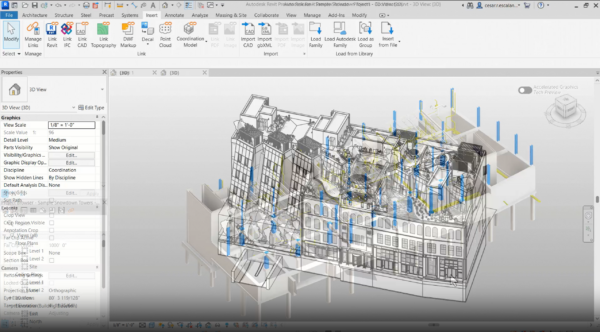
Revit 2026 provides updates to IFC workflows. Users can now define link orientation during import, reducing the friction of misaligned coordinate systems. Coordination Models linked from Autodesk Docs offer refined control over visibility and object overrides, improving visual clarity across disciplines.
Additionally, enhancements to the Manage Links Dialogue now include imported CAD visibility, giving users greater control over external file management and reinforcing Revit’s role as a central coordination tool.
A Glimpse Ahead
With a 25-year legacy, Revit remains at the heart of digital building design. The 2026 release delivers across the board, from graphical performance and model intelligence to sustainability and manufacturing integration. Backed by user-driven enhancements and stronger integration with the Autodesk Construction Cloud, Revit continues to support the shifting demands of today’s AEC professionals.
To learn more about specific features or to access the 2026 tools, please contact us.
About The Author
We are the leading provider of civil engineering and survey software solutions and services in Australia.



